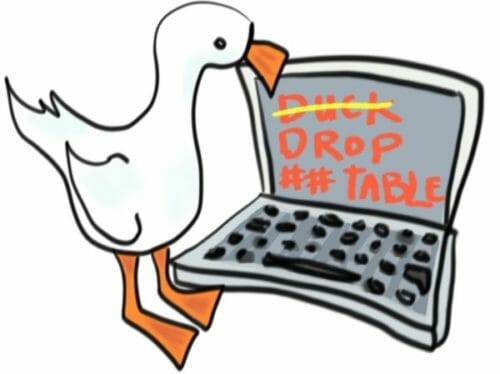An important query is suddenly slow. Is it because statistics are out of date? This is tricky to figure out, and updating statistics right away can make troubleshooting even harder. Learn how to use query execution plans to get to the heart of the question and find out if stats are really your problem, or if it’s something else.
In this 35 minute episode:
- 00:39 SQL Server 2017 Announced
- 01:10 New video from Microsoft’s Joe Sack demonstrating Adaptive Query Processing
- 03:05 This week’s question: Are bad stats making my query slow?
- 05:26 Demo of finding plan in cache and analyzing stats begins
- 28:17 What to do when stats ARE the problem
Code samples are at the bottom of the page
Continue reading






